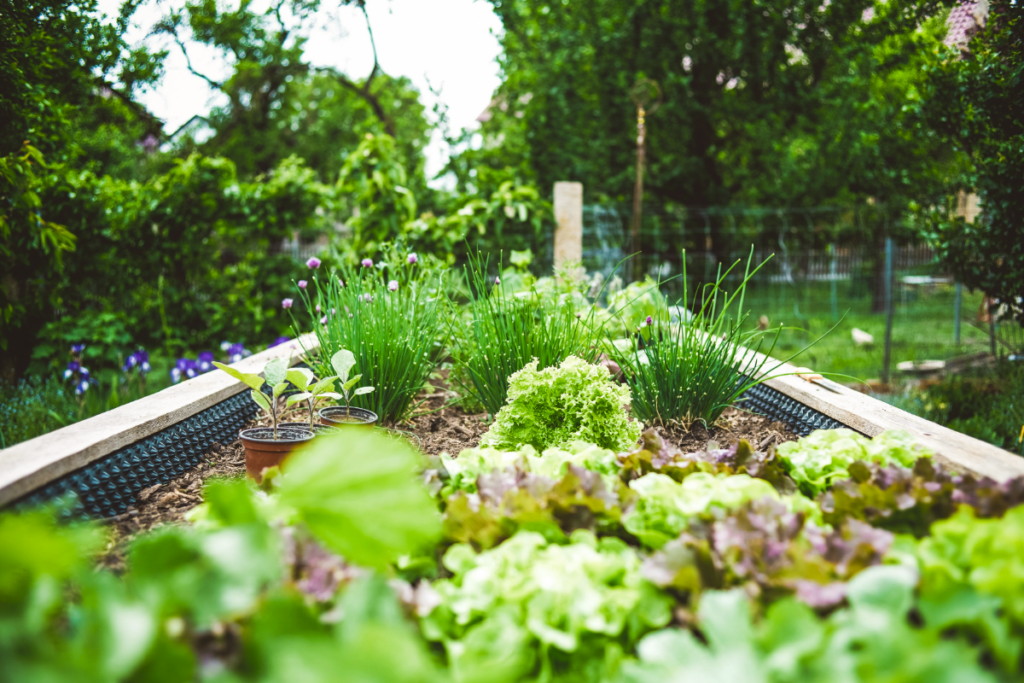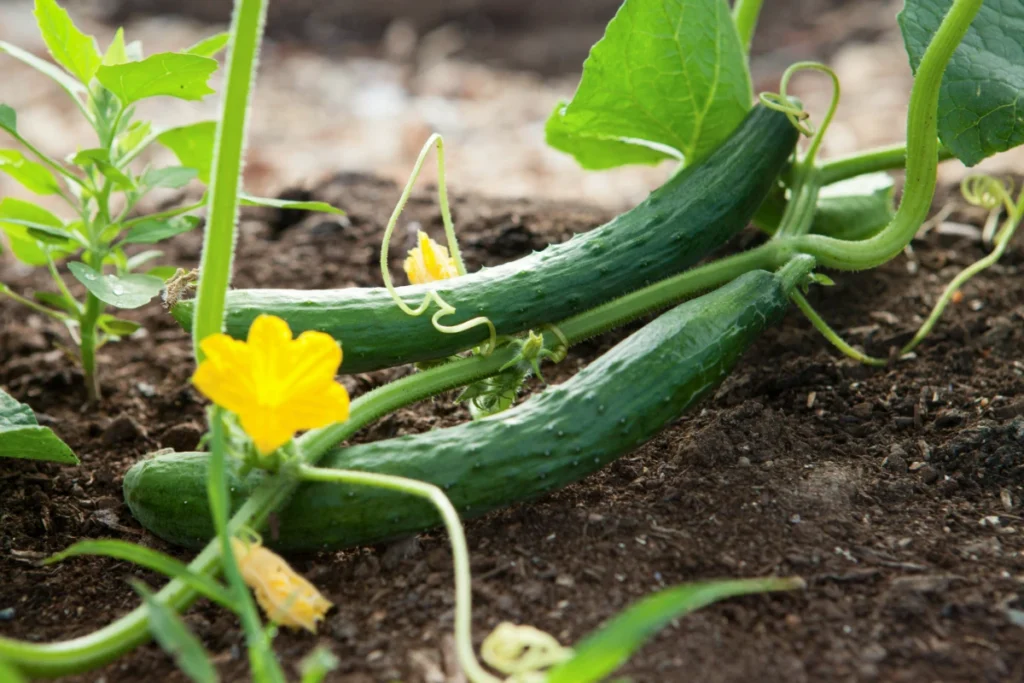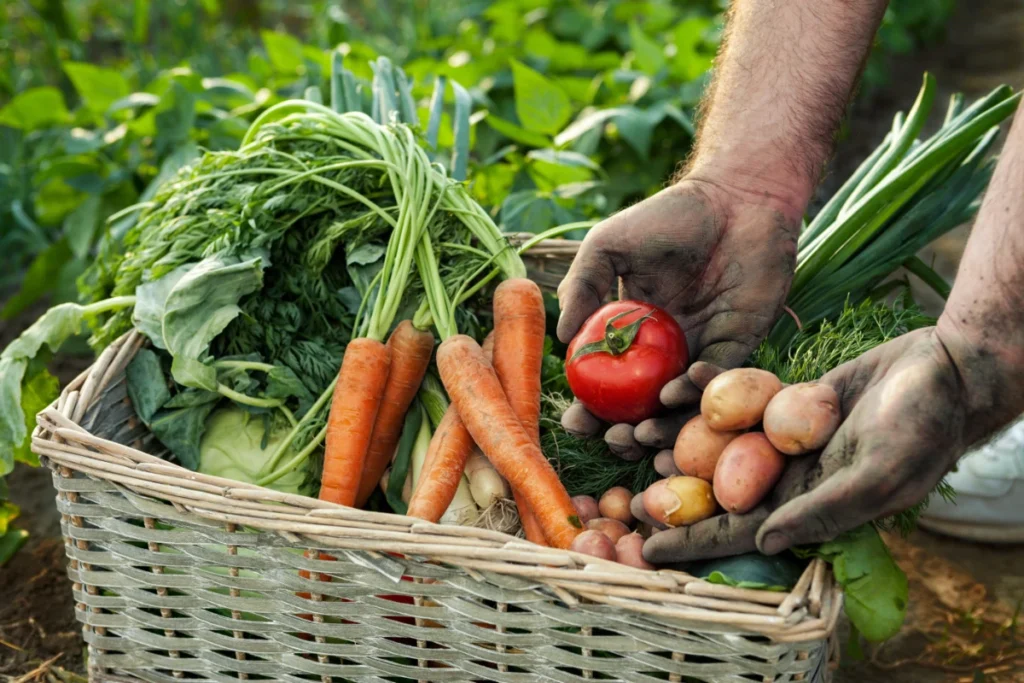How to Start Your First Garden in Just 48 Hours
Bringing the Wilderness Home: Your First Garden Adventure
Think outdoor adventures only happen on trails and campsites? Think again! This quick-start beginner gardening guide brings the CoreMoment philosophy to your backyard, proving that anyone—even with a packed schedule—can embark on the rewarding adventure of growing their own food. Just as you’d prepare for a weekend camping trip, our 48-hour garden planting guide equips you with the essential skills to create a thriving vegetable garden in even the smallest spaces. It’s time to extend your outdoor passion beyond the trail and discover the satisfaction of harvesting what you sow.
And let’s face it – biting into a sun-ripened tomato or crisp cucumber that you grew with your own hands just hits different than anything from the grocery store produce section. There’s a satisfaction in harvesting your own food that no store-bought vegetable can match.

Why Busy People Should Garden (Yes, Really!)
Gardening isn’t just for retirees or homesteaders with acres of land. Even with a hectic schedule, growing your own food offers impressive benefits:
- Stress relief in minutes: Just 20 minutes of plant interaction can significantly lower stress hormonessimilar to how backpacking improves overall health through nature exposure
- Fresh produce without grocery store trips: Harvest exactly what you need, when you need it
- Surprising time efficiency: Many vegetables require less than 5 minutes of care per week
- Connection to nature: A mini mental health break you can take daily
The 48-Hour Garden Setup Plan
DAY 1: MORNING (1-2 HOURS)
Step 1: Choose Your Space
- Look for 6+ hours of sunlight (south or west-facing spots work best)
- Need a water source within easy reach
- Start small! A 4×4 foot area or 3-5 containers is perfect for beginners
Step 2: Container vs. Ground Decision
- Containers: Perfect for apartments, rental homes, or poor existing soil
- Raised beds: Ideal for yards with problematic soil or back issues
- In-ground: Works when you have decent soil and want to maximize space
Step 3: Quick Shopping List
- Containers or raised bed materials
- Quality potting mix (for containers) or garden soil + compost (for beds)
- Seeds or seedlings (see our impossible-to-kill plant list below)
- Basic tools: trowel, watering can or hose attachment, pruners
- Optional but helpful: gloves, plant markers, balanced organic fertilizer
DAY 1: AFTERNOON (2-3 HOURS)
Step 4: Prep Your Growing Space
- For containers: Ensure drainage holes exist, fill with potting mix
- For raised beds: Assemble bed (many require no tools!), fill with soil/compost mix
- For in-ground: Remove grass/weeds, loosen soil 6-8 inches deep, mix in compost
Step 5: Quick Soil Prep
- Mix in compost (about 25% of your total soil volume)
- For containers, use pre-mixed potting soil to save time
- No time for testing? Just add a balanced organic fertilizer now and you’re good to go
DAY 2: MORNING (1-2 HOURS)
Step 6: Plant Your Foolproof Garden
- Follow seed packet spacing (generally plant twice as deep as the seed’s width)
- For seedlings, dig holes just slightly larger than the root ball
- Water thoroughly after planting
Step 7: Set Up Simple Maintenance Systems
- Install soaker hoses or self-watering containers for nearly hands-free irrigation
- Add 2-3 inches of mulch to minimize weeding and watering
- Set a calendar reminder for weekly 15-minute garden check-ins
DAY 2: AFTERNOON (30 MINUTES)
Step 8: Final Touches
- Label your plants (trust us, you’ll forget what’s where!)
- Take “before” photos for motivation
- Set up a simple harvest basket near your garden

7 Nearly Impossible-to-Kill Plants for Your First Garden
- Cherry Tomatoes (containers or beds)
- Why they’re foolproof: Forgive irregular watering, produce abundantly
- Quick-start tip: Buy seedlings rather than starting from seed
- Harvest in: 50-65 days from transplant
- Lettuce & Leafy Greens (containers or beds)
- Why they’re foolproof: Grow quickly, can be harvested repeatedly
- Quick-start tip: Choose “cut and come again” varieties
- Harvest in: 21-30 days for baby greens
- Radishes (containers or beds)
- Why they’re foolproof: Ready in just 3-4 weeks, clear success indicator
- Quick-start tip: Plant small batches every 1-2 weeks
- Harvest in: 21-28 days
- Green Beans (containers or beds)
- Why they’re foolproof: Germinate easily, fix their own nitrogen
- Quick-start tip: Bush varieties need no trellising
- Harvest in: 50-60 days
- Herbs (perfect for containers)
- Why they’re foolproof: Thrive on neglect, especially basil, mint, and rosemary
- Quick-start tip: Place on a sunny windowsill or balcony
- Harvest in: Immediate use after establishment (2-3 weeks)
- Zucchini (beds or large containers)
- Why they’re foolproof: Notoriously productive (you’ll be giving them away!)
- Quick-start tip: One plant is enough for most families
- Harvest in: 40-50 days
- Chives (containers or beds)
- Why they’re foolproof: Perennial that returns yearly, pest-resistant
- Quick-start tip: Snip regularly to encourage growth
- Harvest in: 30 days for first cutting, then ongoing
For adventurous foragers: While growing your own herbs is reliable, learning to find wild edibles like morel mushrooms can supplement your home garden with nature’s bounty
Small Space Solutions: Garden Anywhere
Don’t have a yard? No problem! Try these small-space solutions:
- Vertical Gardens: Wall planters, shoe organizers, or trellises maximize growing space
- Windowsill Gardens: Grow herbs and microgreens in sunny windows
- Railing Planters: Transform balconies into productive growing space
- Community Garden Plots: Rent a small plot if available in your area
15-Minute Weekly Garden Maintenance for Busy People
- Monday: Quick visual check (2 minutes) – look for pest issues or unusual growth
- Wednesday: Watering if needed (5 minutes) – stick your finger in the soil, water if dry to 1 inch
- Saturday or Sunday: Harvest, weed, and refresh (8 minutes) – pick ripe produce, pull obvious weeds, add fertilizer monthly
For more time-saving approaches that work both in the garden and in outdoor adventures, check out our 10 camping hacks that emphasize efficiency and simplicity.
Common First-Timer Mistakes to Avoid
- Overwatering: More plants die from drowning than drought! Let the top inch of soil dry between waterings.
- Overcrowding: Plants need airflow and space. Follow spacing guidelines even when it looks sparse initially.
- Overcomplicating: Resist the urge to try every vegetable in your first season. Master a few easy ones first.
- Perfectionism: Wonky vegetables taste just as good! Focus on learning, not Instagram-worthy results.

Your First Harvest: What to Expect
Don’t worry if your first harvest isn’t magazine-worthy. Even professional gardeners have ups and downs. The key metrics of success for beginners are:
- Did anything grow? (Yes = win!)
- Did you learn something? (Yes = double win!)
- Did you enjoy the process? (Yes = the biggest win!)
Remember that each season brings new learning opportunities. Starting small and simple guarantees more success than an ambitious plot that becomes overwhelming.
Your 48-Hour Garden Journey
Starting a garden doesn’t require master gardener credentials or hours of daily maintenance. With this quick-start approach, you’ve bypassed the common beginner gardening obstacles and created a manageable growing space that fits your busy lifestyle.
Just like preparing for your first camping trip, starting a garden begins with simple steps that build confidence for greater adventures ahead. The skills you develop—planning, resourcefulness, and connecting with nature—complement your outdoor pursuits perfectly.
The best part? Next year will be even easier as you build on what you’ve learned, and soon you’ll be the one sharing your “impossible-to-kill” plant recommendations with other busy friends.
Now get growing—your 48-hour countdown starts now!
